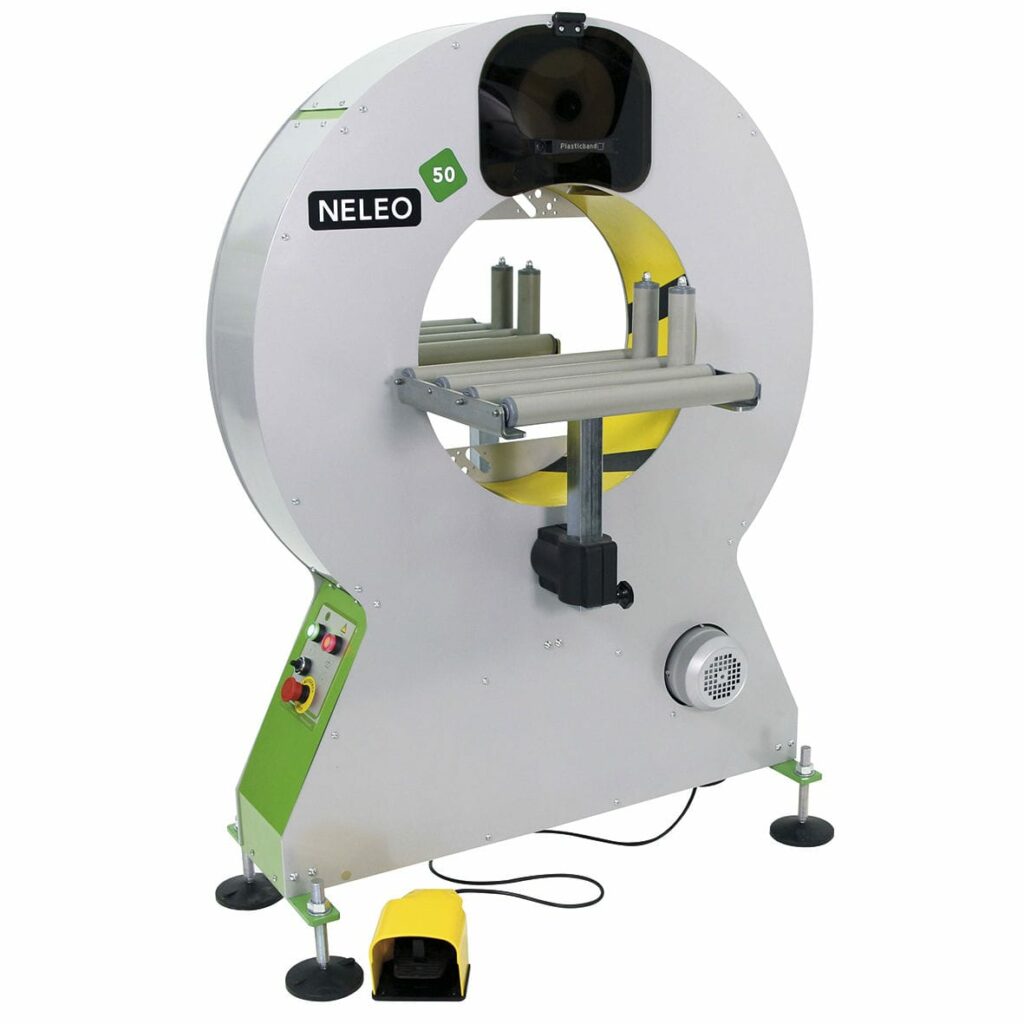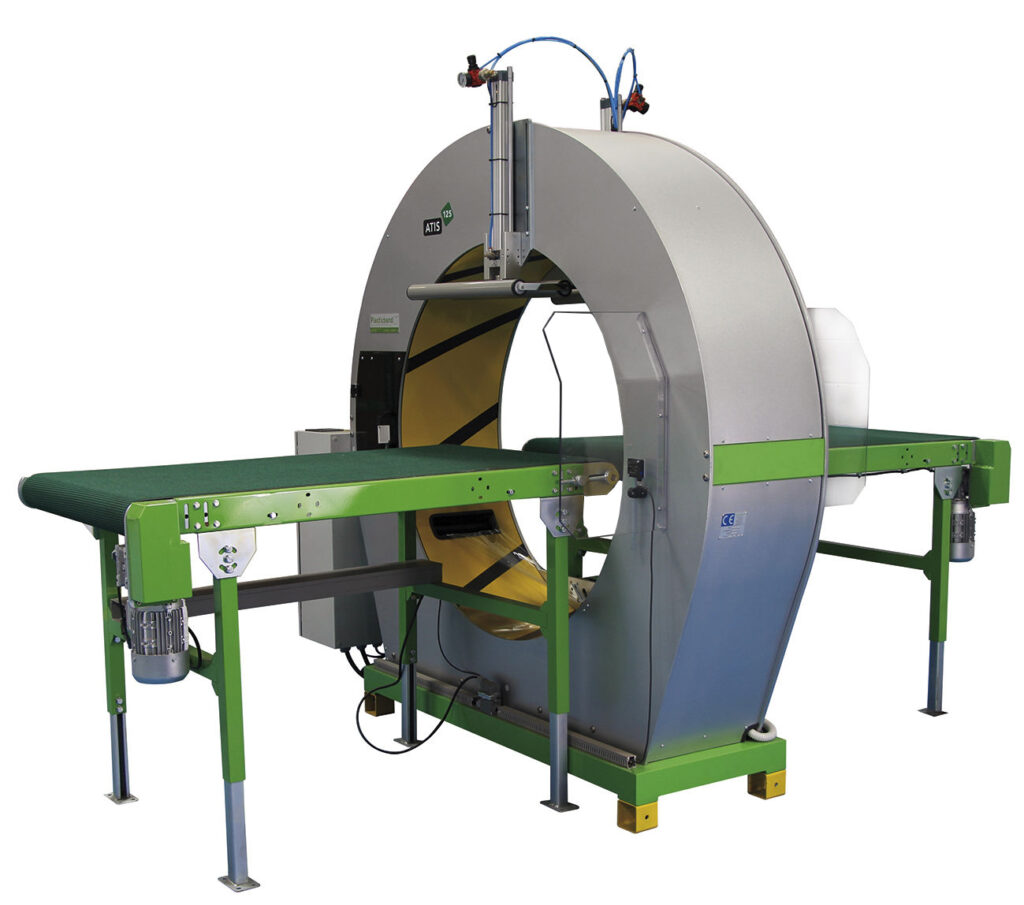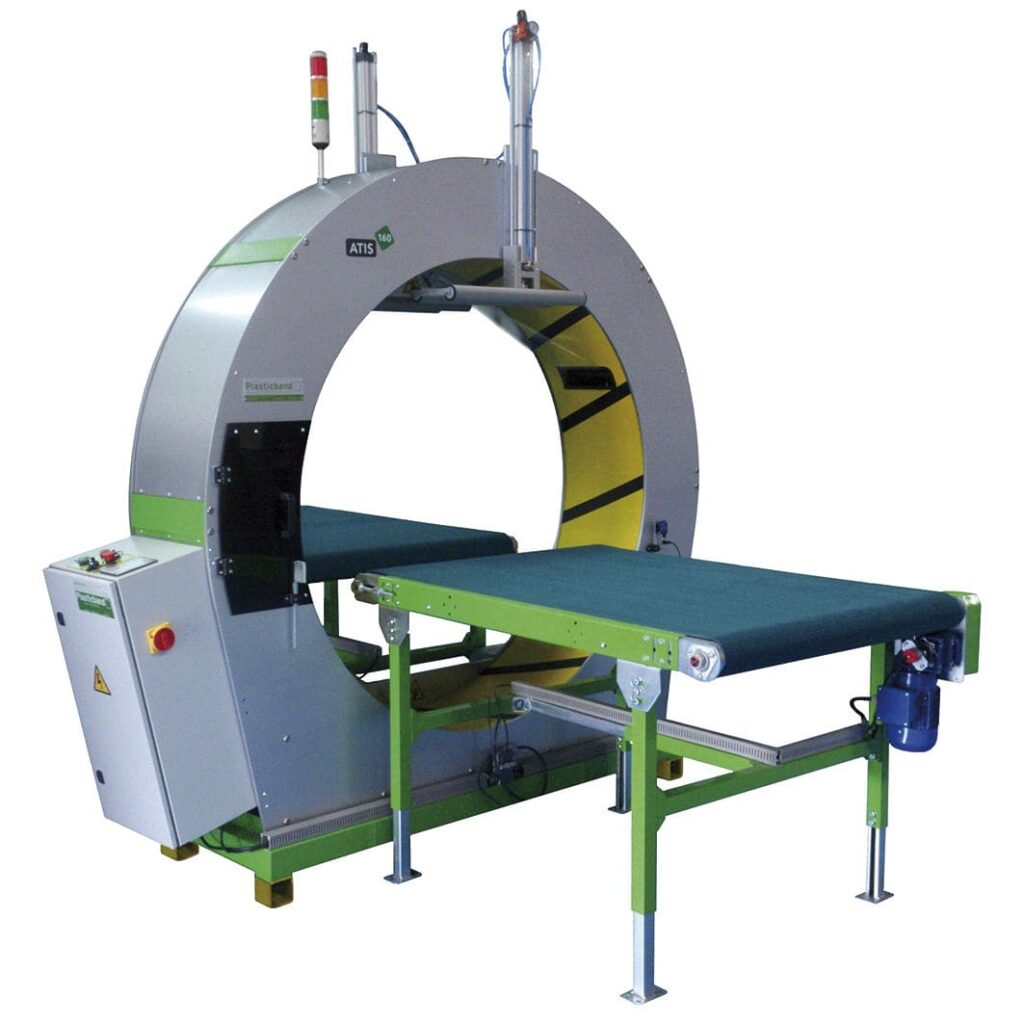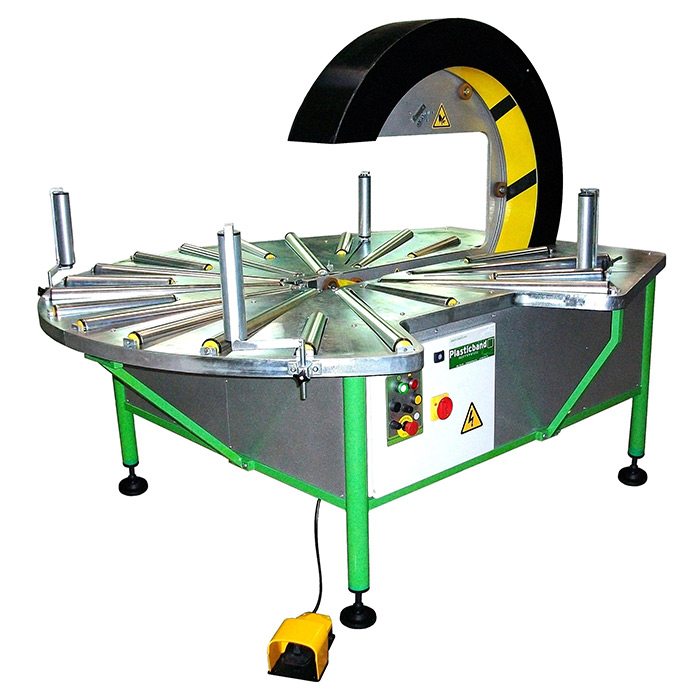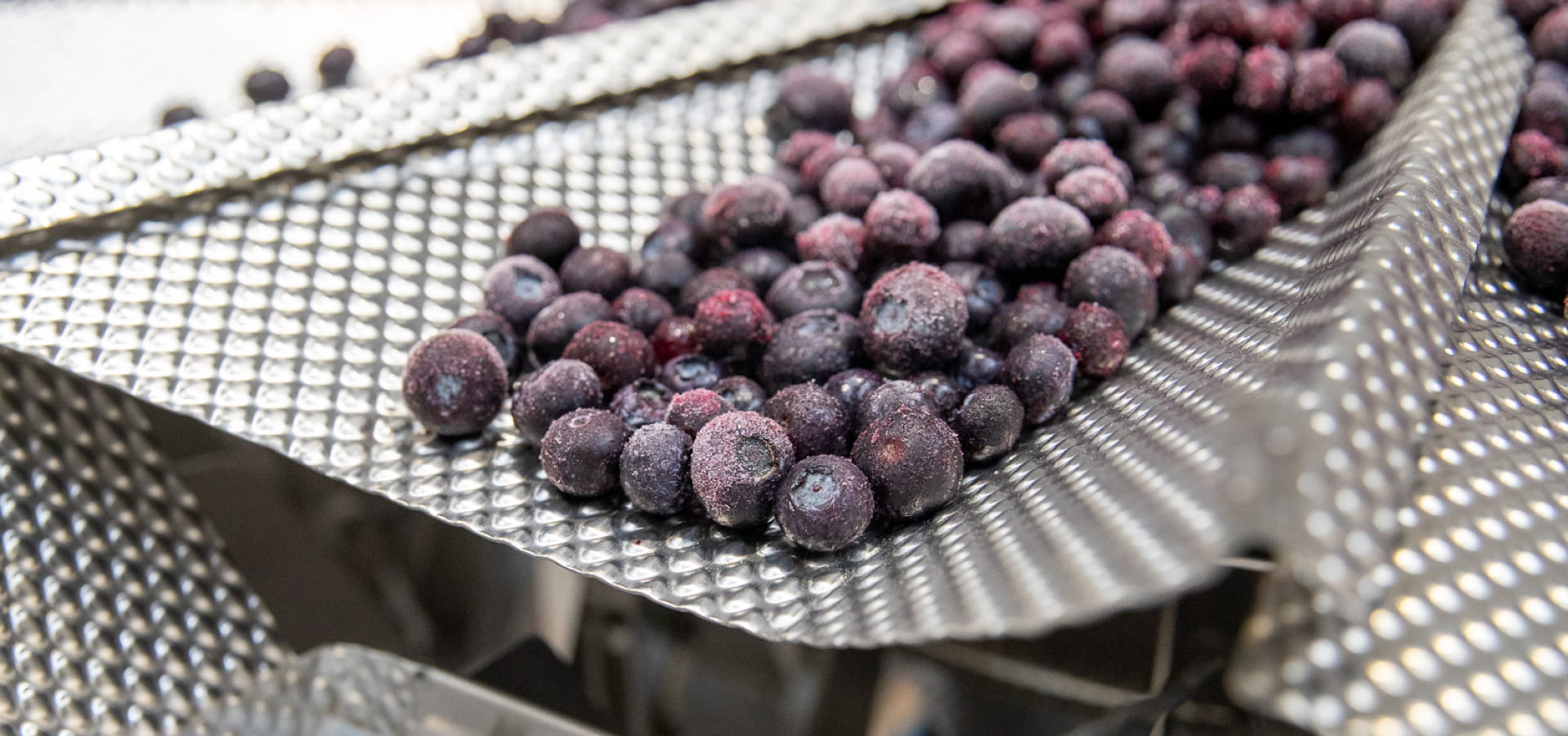What does an orbital wrapping machine do?
Orbital wrappers, also known as horizontal wrappers, are used to swiftly and securely wrap your products in a layer of stretch film, like a snug cocoon, keeping everything tightly held together.
They are ideal for long, awkwardly shaped, or bulk items that wouldn’t fit on a traditional pallet wrapper. The product passes through this ‘orbit’ of stretch film, and is then securely wrapped along its length to secure and protect it for transport or storage.
Typically orbital stretch wrappers are used for products such as lengths of timber, pipes and tubing, windows and doors, carpet rolls, and long construction materials.
Is stretch wrap the same as plastic wrap?
Stretch wrap and plastic wrap may seem similar at a glance, but they are distinct materials designed for different applications. Stretch wrap is designed for heavy-duty, industrial tasks, while plastic wrap is lighter and intended for food preservation and storage.
Stretch Wrap: This is a highly stretchable plastic film, usually made of Linear Low-Density Polyethylene (LLDPE). Primarily used to wrap products on pallets or for bundling larger items together, like in an orbital stretch wrap machine. The elasticity of stretch wrap keeps items tightly bound and resistant to punctures and tears. It’s what you would use to securely wrap a stack of boxes on a pallet or a long, bulky item like a carpet roll or a length of piping.
Plastic Wrap: Also known as cling film or food wrap, this thin plastic film is typically used for sealing food items in containers to keep them fresh. It’s thinner, less durable, and adheres to many surfaces, which makes it great for covering a bowl of leftovers, but not so much for wrapping a pallet of goods or larger industrial items.
